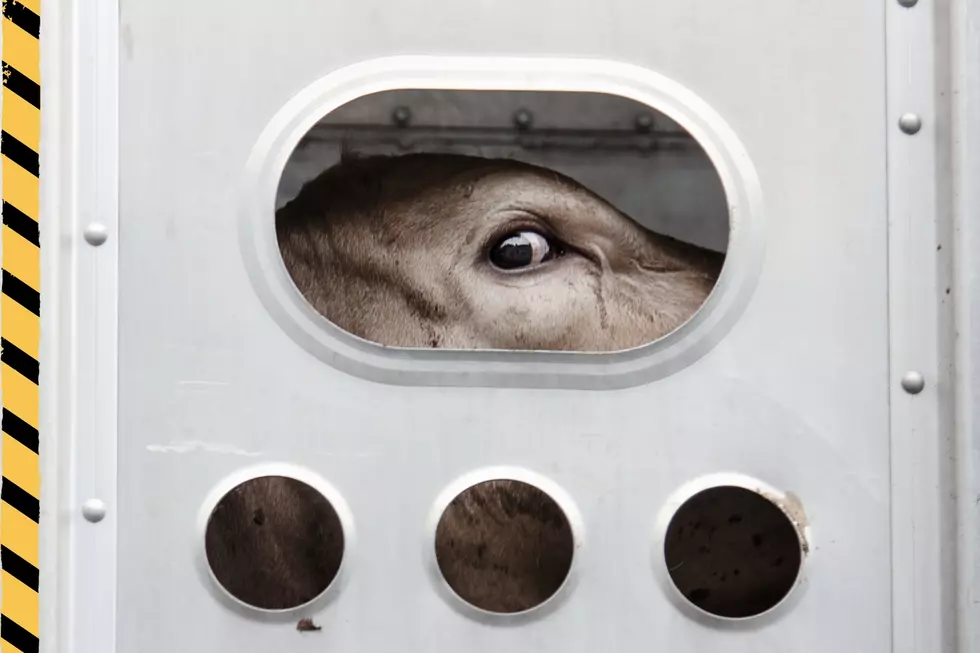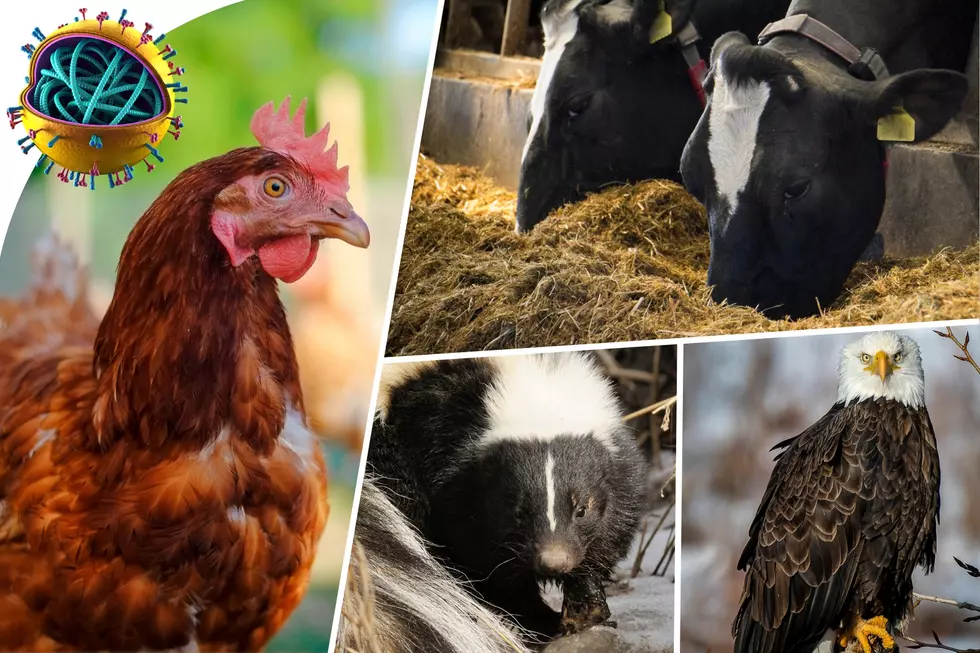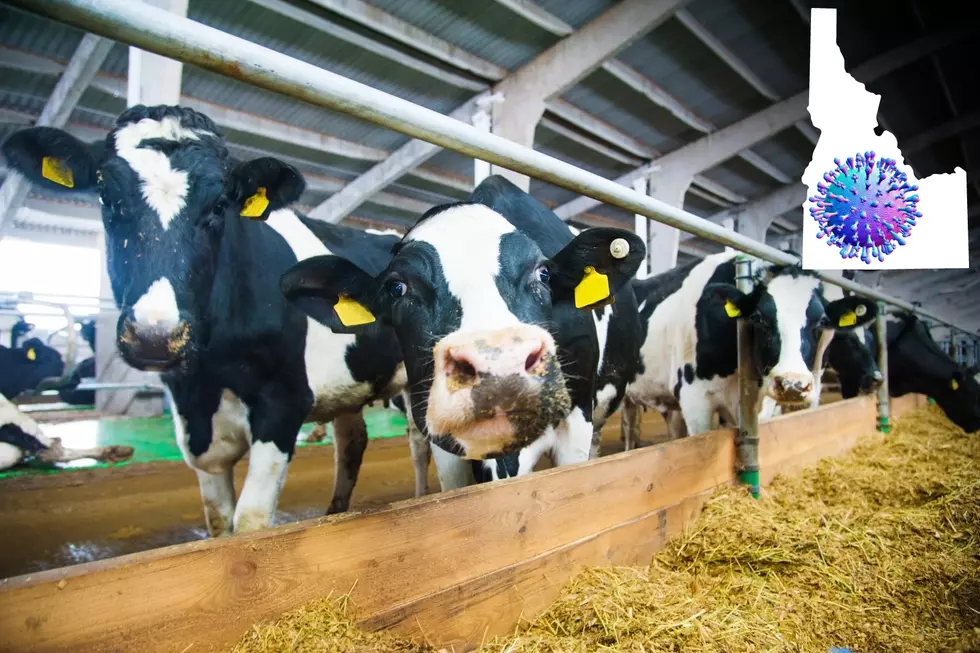
Cattle Imports Restricted In The PNW Due To HPAI, BIAV Fears
The highly pathogenic avian influenza (HPAI) virus has been found in the past month in livestock, particularly in dairy cattle, prompting new concerns as the virus spreads across the United States and among agricultural producers. This has prompted Agriculture Departments in Idaho and Oregon to add additional restrictions on cattle imports.
HPAI in cattle under a new name: BIAV
As reported by the University of Nebraska Medical Center, the American Association of Bovine Practitioners has decided to refer to HPAI in cattle as bovine influenza A virus, or BIAV. This helps distinguish the affected livestock by the virus.
Idaho tightens restrictions on cattle CVIs
In late March, Idaho State Department of Agriculture confirmed the detection of HPAI (BIAV) in a dairy herd in Cassia County. Since that incident, ISDA has issued an emergency ruling on cattle imports:
- Cattle and bison coming from any premise with cattle that tested positive for, or are symptomatic of, BIAV, are prohibited.
- Certificates of Veterinary Inspection (CVIs) for cattle imports coming from any BIAV-affected state will be valid for no more than 14 days, and must include the statement: “The cattle identified in this shipment do not originate from a premises with a positive detection of BIAV or that is currently under investigation as a suspect premises.”
Oregon newly declares emergency cattle import rules
On April 17, the Oregon Department of Agriculture (ODA) added emergency import requirements for cattle being imported from states with current BIAV, under Oregon Administrative Rule 603-011-5007. The rules are more restrictive than Idaho's current declaration.
These emergency import requirements include:
- No cattle exposed to, infected with, or suspected to be carrying HPAI/BIAV may be imported into Oregon.
- Non-lactating dairy cattle require:
- A Certificate of Veterinary Inspection (CVI) completed no more than 7 days prior to importation into Oregon; and
- A valid Import Permit issued by ODA.
- Lactating dairy cattle require:
- A Certificate of Veterinary Inspection (CVI) completed no more than 7 days prior to importation into Oregon; and
- A valid Import Permit issued by ODA; and
- A negative individual or laboratory-pooled PCR test for influenza A, conducted on milk samples collected no more than 7 days prior to importation into Oregon.
Washington remains cautious with no emergency rule changes
Unlike Idaho and Oregon, Washington State has not issued any changes to its import of cattle. WSDA explains on its website:
The Washington State Veterinarian’s office requires permits and Certificates of Veterinary Inspection for all animals moved into the state. Veterinarians are tracking all cattle imported from affected states. WSDA is ready to respond to any reports of HPAI in poultry, cattle, or other livestock in Washington. There are currently no confirmed or suspected cases in Washington state.
- As the situation is constantly evolving, the USDA is monitoring confirmed livestock detection closely, with a map of affected states updated daily on APHIS.
LOOK: These Are the Counties With the Most Farmland in Oregon
Gallery Credit: Stacker
LOOK: Counties with the most farmland in Idaho
Gallery Credit: Stacker
Guide: Top 5 Counties With The Most Farmland In Washington State
Gallery Credit: Rik Mikals
More From PNW Ag Network









